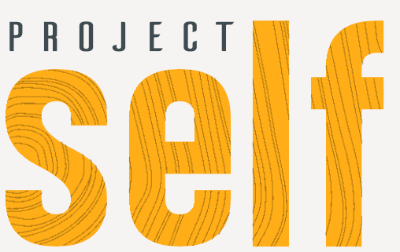Feeling resourced is essential to developing resilience. As Rick Hanson says “a fundamental model in psychology and medicine says that a person’s course — over a day or a year or a lifetime—is determined by just two factors: issues (challenges and vulnerabilities) and resources. As issues increase, so must resources as well.”
Resourcing is often overlooked as a vital step before we can move forward. Our nervous system needs to orient to and register safety, to shift into a state of connection instead of protection. Safety is our sense of feeling connected to something other, aligned with or attuned to our experience. Essentially we do not feel isolated when we know where our resource is.
Being resourced is not just about meeting adversity, sustaining capacity and strength. It is feeling the availability of our capacity to request, invite, reach, access and draw in. This is focusing on something beyond any immediate concern with feeling incapacitated and vulnerable. Resourcing means reaching beyond where we are in order to meet where we are. We have a capacity to source when we seek. It means exploring what could be available to re-source ourselves.
How Do I Identify Resources That Will Help?
We need to start with the question “what do I need to attend to right now in myself”? Once we establish what we need, we are able to explore what might help.
- What quality would help with this issue?
- What and how can I draw on something other than myself to support me?
- How can I develop the sense of something or someone at my back or alongside me so I feel less like I have to meet everything on my own?
- How can I feel more part of the world?
- Where do I need to feel more resource?
When we feel resourced we can finding a felt sense of support in the present moment. Support makes it possible to feel things and hold things that may otherwise overwhelm us. Then we are able to process, or meet whatever we are experiencing. At times of grief and depletion we need to draw on the qualities we would love to have with us but perhaps don’t feel we have access to.
Where Can I Find Resources?
We can look to something or someone outside of us and we can find something within ourselves or our body. Resources can be found out in the world, in our breath, our centre, our physical sense of groundedness, and in our mind. They can be attitudes, belief systems, physical practicals and energies. Resourcing means actively identifying and inviting in a nurturing source of perhaps calm, compassion, wisdom or focus; a sustenance or bolster to meet diminishment of connection to that which we need. It could be that the resource is already present and we just need to notice it (attuning to the feeling where the body is basically ok right now).
What Kind of Resourcing Practices Can I Do?
Often, we may need to deliberately create or call up something from emotional or somatic memory. Practice with imagination and visualisation by imaging yourself in a loved real or fictional landscape. Draw on the qualities of natural elements (beings much larger than ourselves but with a capacity to meet our nervous system). For example this could be sitting against mountain for steadfastness, being by a river if you need more flow in your situation. Image a friend is walking along beside you in the silent presence of companionship, or a mentor behind you guiding actively through words.
Scan the body and find places which you find welcoming: the edges of your hips or sitting bones, a beating heart full of care, a long breath, or places that simply feel inert and safe to focus on. Sit with full awareness on the places where you can feel the connection of the physical support behind and under your body. Pay attention to this physical contact and explore if you can soften or receive a little more and allow a little tension and efforting to drop.
How Does Resourcing Help With Emotions?
These practices all help shift our sense to being resourced in the moment, of being with. Some time ago, I followed a mediation for grief and I imagined myself sitting between the legs of a huge bear; an immensity of soft, solid warmth and protection. I felt safe and held. I created that image and yet I still know what it feels like. I coached a client in intense grief and simply invited her to press her back against the wall; to feel that there was something to lean on, to meet her. Her system needed to know that she could collapse and something would hold her so she could then release some of the pain that felt overwhelming.
We all have the capacity to tap into a wealth of resources to meet a breadth of experiences. If the topic and themes in this article resonate with you and you’d like to explore further, please go ahead and book a free exploratory phone call with me (link at the end of the page) and I’d be happy to talk with you.
